This is related this question. The OP proposed to give inputs to a formula that contain a list of connection quantities and speeds like this:
1x1000,2x200,1x50 would mean that there is one 1000k connection, two 200k and 1 50k. I would like to parse this into an array table like this:
| 1 | 1000 |
| 2 | 200 |
| 1 | 50 |
I tried this formula, but it only produces the left hand side of the table:
=LET( case, A5,
a, FILTERXML("<t><s>"&SUBSTITUTE(case,",","</s><s>")&"</s></t>","//s[contains(., 'x')]"),
FILTERXML("<t><s>"&SUBSTITUTE(a,"x","</s><s>")&"</s></t>","//s") )
where case is the input variable, a parses the table into strings containing "x" (this is to ensure that only valid "q x speed" strings are used. I then tried to split this array and... no joy.
From this post by JvdV, I think the answer can be found in the xpath, but I cannot find a solution.


